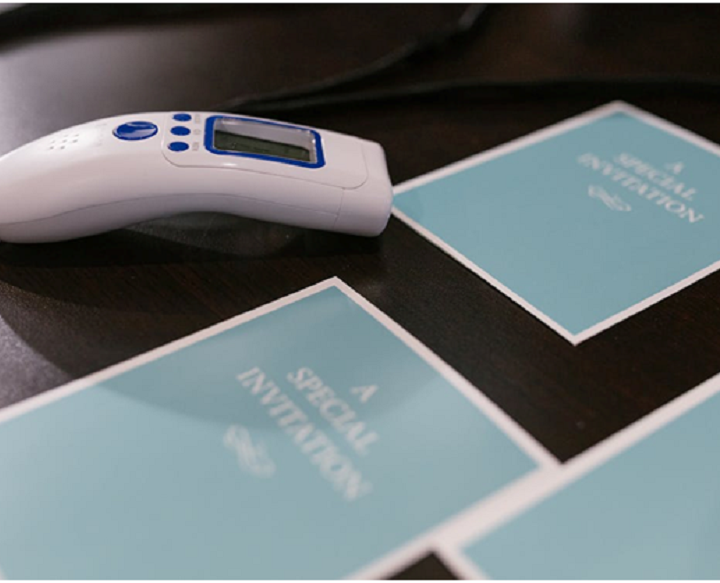The aadhar card is the most prominent identity proof in India. We have come across various phases of Aadhar card implementation. From its initial avatar, the Aadhar card has become digitized. However, most of us would be out of a clue if we have to say a few lines about the masked Aadhar meaning. In this article, we will cast light on masked Aadhar meaning, its importance, and ways to prevent the misuse of masked Aadhar.
Masked Aadhaar Meaning
A password-protected document called Masked Aadhaar enables cardholders to limit access to it and therefore shield themselves against fraud and other wrongdoings committed by offenders. The cardholder’s initial four letters of their name in capital letters and their birth year, written in the format of YYYY, serve as the password for the same.
According to UIDAI, downloading masked Aadhaar from the UIDAI website is allowed as long as you choose that option when doing so. They will only be able to view the last four digits of the Aadhaar when such disguised Aadhar is shared with any third party.
Importance of Masked Aadhaar
As previously discussed, a masked Aadhaar is the electronic version of the physical Aadhaar that has been digitally signed by a UIDAI-authorized official. This copy is just as authentic and legitimate as the original Aadhaar card. In May 2019, the RBI revised its core guidance on KYC regulations. One such change requires that, as part of the KYC process, RBI-regulated banks mask all Aadhar cards (of the customers) from the Aadhar image.
Masked Aadhaar is a crucial tool that UIDAI provides to safeguard this important document. Following a report of Aadhaar card misuse from the Bengaluru office, UIDAI encouraged the submission of masked Aadhaar. The notification was later retracted, though, due to worries about a misunderstanding. However, to prevent any possibility of this document being misused, it should be standard practice to employ masked Aadhaar, particularly in locations where the production of a full Aadhaar copy is not required.
Ways to Prevent the Misuse of Masked Aadhar
- For the Aadhaar numbers, the initial 8 numbers are always replaced with a unique X alphabet and this allows only the last 4 of the numbers to be seen as they are. This is done to reduce the possibility of any fraud that can occur.
- eKYC updates and authentication can be done using the masked Aadhaar card. The final four digits of your Aadhaar are all that are shown on the masked Aadhaar card. When revealing the full Aadhaar number, you are not required to show the entire card as users can provide the new masked Aadhaar for eKYC.
- Masked Aadhaar is protected with a password. As a result, you can access the file by typing in your name in capital letters and your birth year in the YYYY format.
Key Takeaways
Your Aadhaar number’s first eight digits are hidden when you choose this option, but the last four digits are still visible. It can be distributed without disclosing any private information about you. As a result, there are fewer user scams. Masked Aadhaar ID was introduced by the UIDAI to add a layer of security because there is always a chance that personal information will be misused when dealing with Aadhaar information. When providing the Aadhaar number is not necessary, masked Aadhaar can be utilized for eKYC. It just shows the final four digits of your Aadhaar.
Masked Aadhar is becoming the new normal and you must be aware of the latest news and updates on it. Know more about masked Aadhaar guidelines and stay safe from fraudulent activities.






